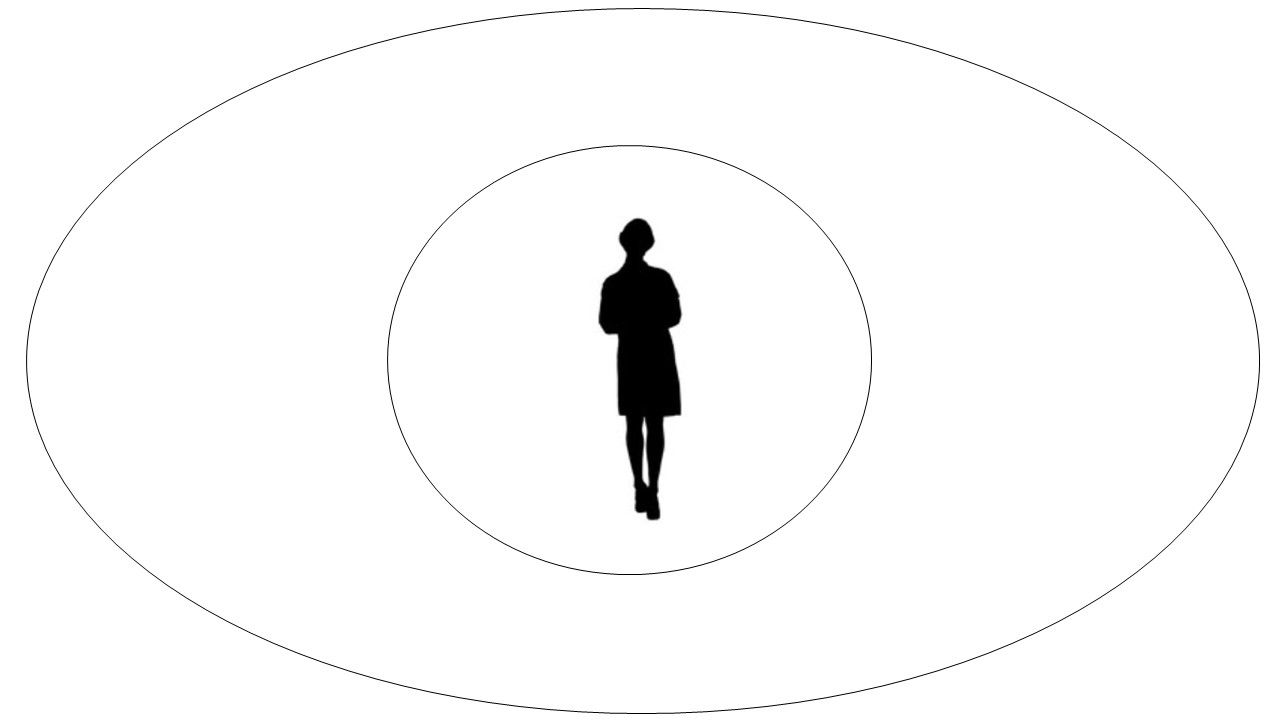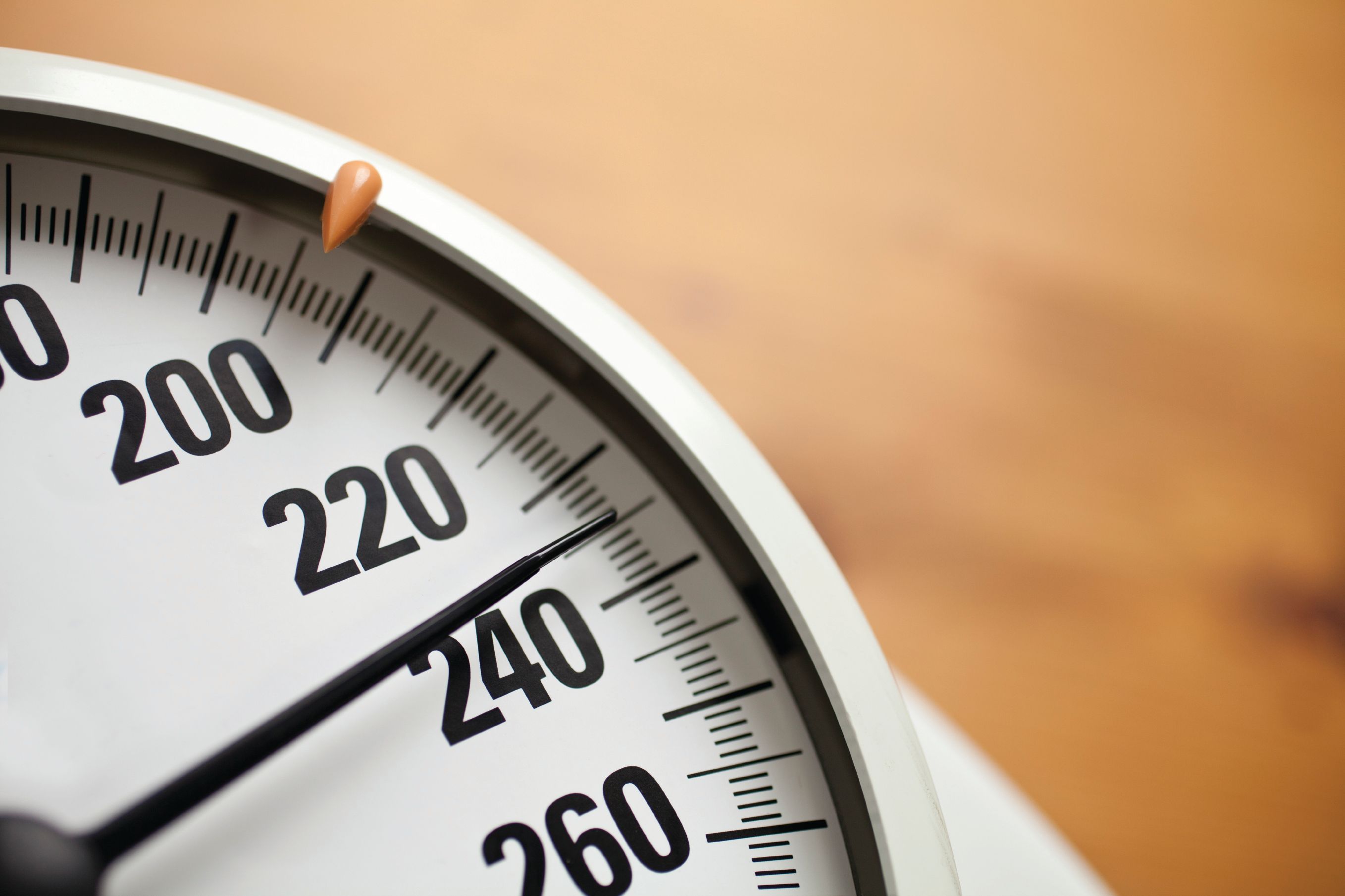Article
Reflecting on 10 Years of Solo Practice
A lot has changed over the course of 10 years in solo practice, writes Melissa Young, M.D., in this month's Endocrine Feedback column. Dr. Young describes a decade of changes for the solo endocrinology practitioner.
(©FunKeyFactory,AdobeStock)

Dr. Young

I can’t believe it’s been 10 years since I left being an employed physician to starting my own practice. It was a difficult decision and I recognize there are perks to being employed, but I am so glad I made the change when I did. However, I will say that a lot has changed since I started out 10 years ago.
In my head, one of the advantages of being a practice owner is that you get to make your own schedule and you can be flexible with your hours. That is partly true. You can create a schedule template any way you’d like. But in a busy practiceâespecially a busy solo practiceâonce that template is full of patients, taking a day or even an afternoon off requires a lot of planning.
I had originally carved out a couple of hours every week so that I could attend endocrine grand rounds at the nearest university hospital. Well, I did that for a few months then realized that driving 20-30 minutes each way was too stressful. I was never able to return to my office with enough time to prepare my charts for the day. And, when I planned my schedule, I failed to take into account the amount of time needed for getting prior authorizations or writing appeal letters (this is probably because this wasn’t as big an issue 10 years ago). Back then, there weren’t as many diabetes drugs to choose from and insurance companies weren’t standing in the way. But today, there isn’t a day that I’m not filling out a form or making a phone call to get drugs or equipment for three to four patients.
I also foolishly thought I could go paperless (or, at least paperless-adjacent). I figured I’d be cutting edge by using an EMR (this was in the early phases of EMR use). But meaningful use with its required visit summaries and EMR-generated patient education plans, actually forced me to use more paper. I created my own templates when I started and have had to revise them over the years. I had to add new medications to the history template. And, now with increasing requirements for documentation for testing and pump supplies, I have had to amend the diabetes notes template. With the advent of a lot of new technology, such as continuous glucose sensors, I’ve had to add templates for the data gathered and make some additions to documentation for the purposes of MIPS.
Staffing has changed, too, over the years. First it was just me and a receptionist. As it got busier, I hired a medical assistant. After my first year, I hired a second physician and another medical assistant. For a brief period, we had a nurse practitioner. Then, my associate left and I couldn’t keep three support staff, which meant I had to let my receptionist go (she’d been with me since the beginning). So now, I’m back to me and two medical assistants.
What will the next 10 years bring? That is to be seen. Retirement? Not any time soon.
For more from Dr. Young, visit her author page here.

FDA Approves Crinecerfont for Congenital Adrenal Hyperplasia



